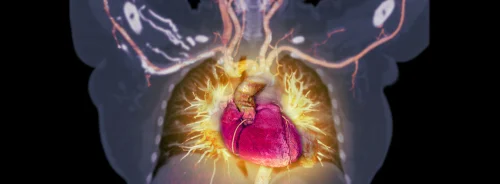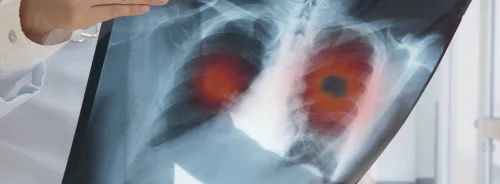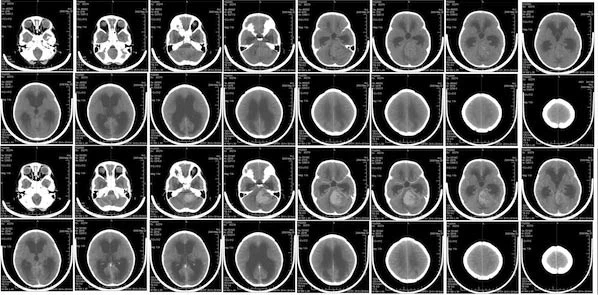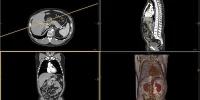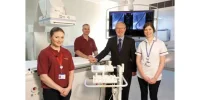An online survey of members of a national Canadian PEM physician association was conducted to gauge possible malignancy risks from diagnostic tests that are conducted on children in the emergency department. The study was specifically related to head computed tomography (CT).
There is no doubt that CT is one of the most important diagnostic tools used in the paediatric emergency department. The number of CTs has been increasing by approximately 10 percent during the last ten to twenty years and its usage has increased nearly fivefold in the recent years. At the same time, there are growing concerns related to the safety of this test and its potential malignancy risk. CT involves high exposure to radiation than other diagnostic imaging modalities and there are concerns that physician knowledge regarding the associated malignancy risks may be limited. This particular study was especially conducted to determine how knowledgeable physicians were regarding CT risks, as well as to evaluate how many disclosed these risks.
The radiation dose information used for the purpose of this study was based on 0.02 mSv for a two view chest radiograph on a 5 year old child, 1.5 to 2.0 mSv for a single phase paediatric head CT scan and an annual background radiation exposure of 3 mSv. While the authors acknowledge that risks vary according to age and gender, the estimate of malignancy risk used was one in a million for a chest radiograph series and one in 10,000 for head CT.
Out of the 156 participants, 98.4 percent reported that a potential malignancy risk is associated with head CT. 68.8 percent of the participants reported that these possible risks were disclosed most of the time/always. Instances where such risks were not disclosed were mainly to avoid causing parents to unnecessarily start worrying about cancer (27.8 percent), to avoid causing a hindrance in the treatment of a critically ill child (23.8 percent) or because parents may decline to have the test performed on their child (15.9 percent).
Results indicate that nearly one-third of paediatric emergency physicians regularly participated in risk benefit disclosures and were able to successfully identify an estimate of the malignancy risk from a head CT.
30.2 percent of the participating physicians reported that they were very aware of the articles in the media about potential risks with ionizing radiation while 36.5 percent reported being moderately aware and 7.9 percent reported being vaguely aware. 88.9 percent of the participants also reported that they believed there has been an increase in parental awareness about this issue and 46.3 percent believed that this was a significant change. 15.9 percent of the participants reported that families frequently asked about radiation doses and risks; 48.4 percent said families sometimes asked; 28.6 percent said families rarely asked and 7.1 percent could not remember when they were last asked about this issue.
Overall, the study demonstrated that the majority of the participants were knowledgeable about the risk of malignancy associated with head CT and approximately 37 percent of them were able to accurately estimate the risk.
Strategies with respect to disclosure varied and participants reported that it depended greatly on the clinical scenario at that point in time.
Reference
Boutis K, Fischer J, Freedman SB, Thomas KE (2014) Radiation exposure from imaging tests in pediatric emergency medicine: a survey of physician knowledge and risk disclosure practices. Journal of Emergency Medicine [Article in press]
Image source: Google Images
Latest Articles
Research, Imaging, Risk, Paediatrics, Radiation, Radiologists, CT scans, radiation dose
An online survey of members of a national Canadian PEM physician association was conducted to gauge possible malignancy risks from diagnostic tests that ar...

